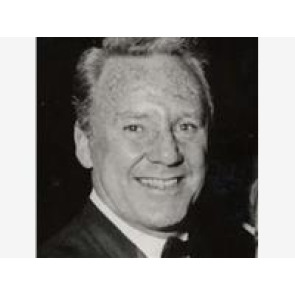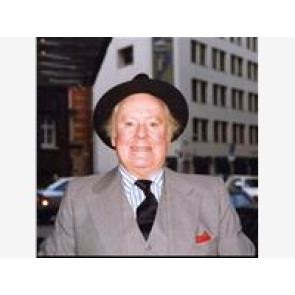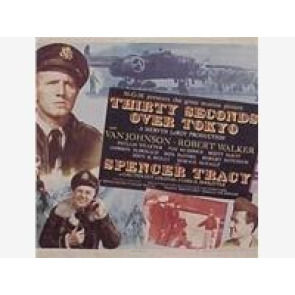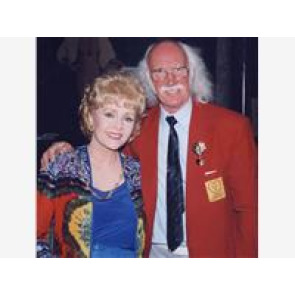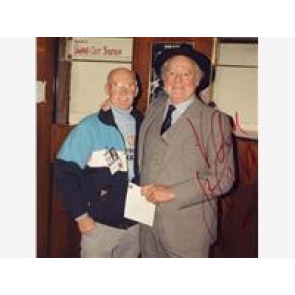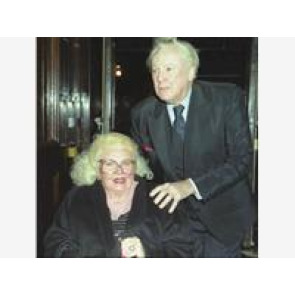VAN JOHNSONVan Johnson, who died on 12 December, 2008, was a Hollywood actor who rivalled the likes of Bing Crosby and Frank Sinatra as the screen's most popular leading man.At the height of his fame in the 1940s and '50s his down-to-earth good looks and coy smile resulted in 8,000 fan letters a week.He starred in a variety of roles, ranging from romantic dramas like The Last Time I Saw Paris (1954) and The End of the Affair (1955) to gay comedies like Week-End at the Waldorf (1945) and Easy to Wed (1946).But he was best known for starring in war films after A Guy Named Joe (1943) gave him his big break, portraying a bomber pilot who is mentored by the ghost of a dead ace, played by Spencer Tracy.Similar roles would include Thirty Seconds Over Tokyo (1944), The White Cliffs of Dover (1944), Two Girls and a Sailor (1944), Thrill of a Romance (1945) and No Leave, No Love (1946), in which Mr Johnson perfected his All-American, boy-next-door hero persona.The irony of this was that in 1943, while filming A Guy Named Joe, he had been involved in a car crash that put a steel plate in his head, making him ineligible for national service while the likes of Robert Taylor, Jimmy Stewart and Clark Gable were heading off to war.Charles Van Johnson was born on 25 August, 1916, in Rhode Island into a family with Swedish, German and Dutch roots. After school he moved to New York where he entered showbiz as a dancer and chorus singer in Broadway musicals.After a stint as understudy to Gene Kelly in Pal Joey he successfully auditioned for Warner Brothers and made a starring film debut in B movie Murder in the Big House (1942), but he was dropped after six months.Under a new contract with MGM he began taking supporting roles to stars like Clark Gable, Lana Turner and Mickey Rooney and also landed a regular part in the Dr Gillespie films, a spin-off series from the Dr Kildare movies that starred Lionel Barrymore.After his break in A Guy Named Joe he enjoyed huge success for several years, though in the 1950s his appeal would start to tail off in the face of competition from a new generation of charismatic stars. Nevertheless he continued to enjoy success with films like the mystery-musical Brigadoon (1954) alongside Gene Kelly and The Caine Mutiny (1954) with Humphrey Bogart, for which he received his most positive notices.Between then and his last film in 1992 he worked steadily in film, television and theatre but never recaptured his former fame. In 1991 he starred in a touring production of Show Boat and though, at the age of 75, his distinctive strawberry blond hair had greyed, his baby face was still recognisable.During his life Mr Johnson beat cancer twice. He was married once, to actress Eve Abbott from 1947 to 1968 and had one daughter, Schuyler. He died at a care home in New York aged 92.
Keep me informed of updates

